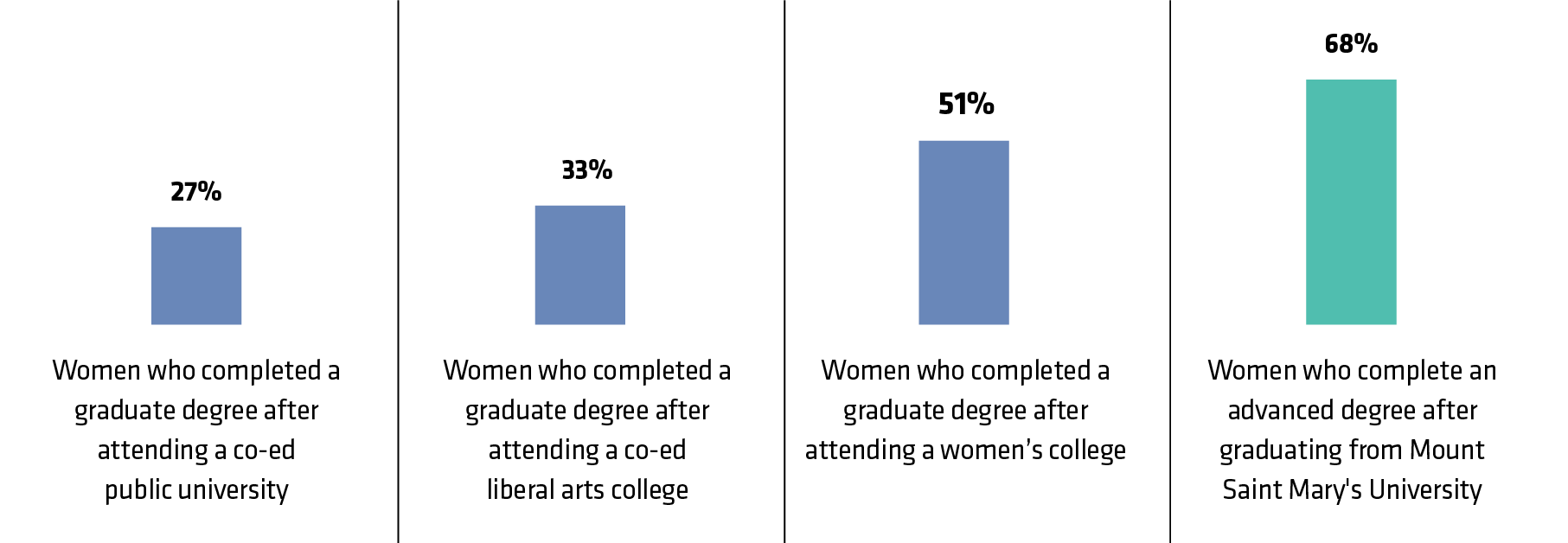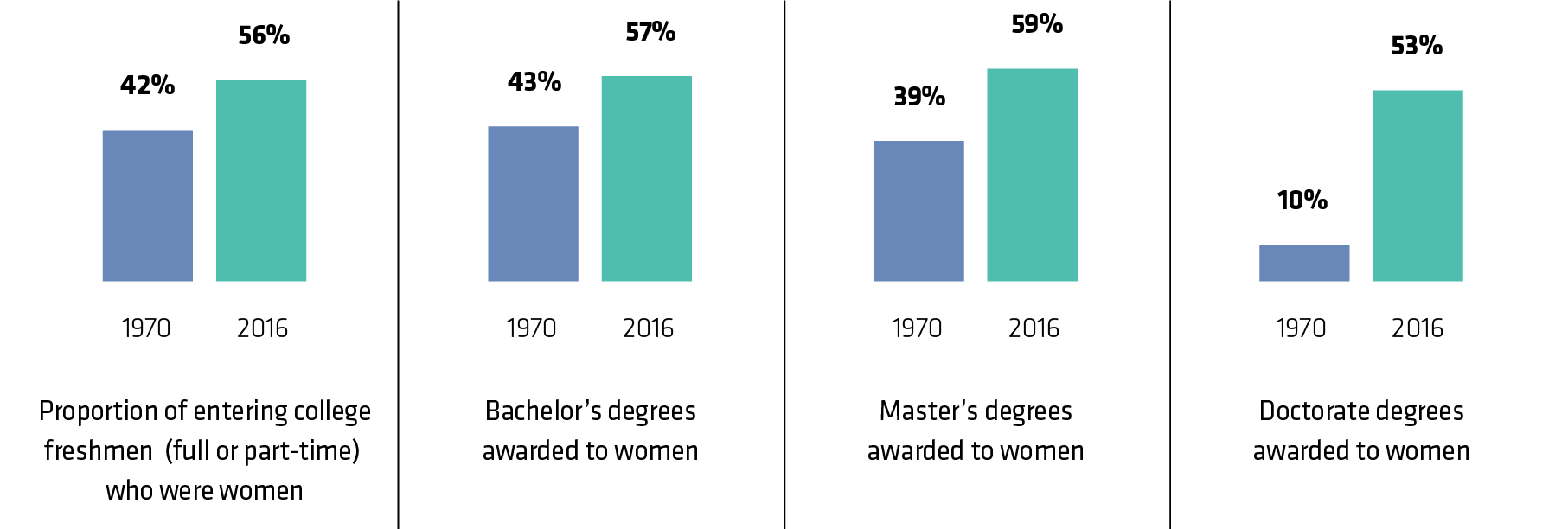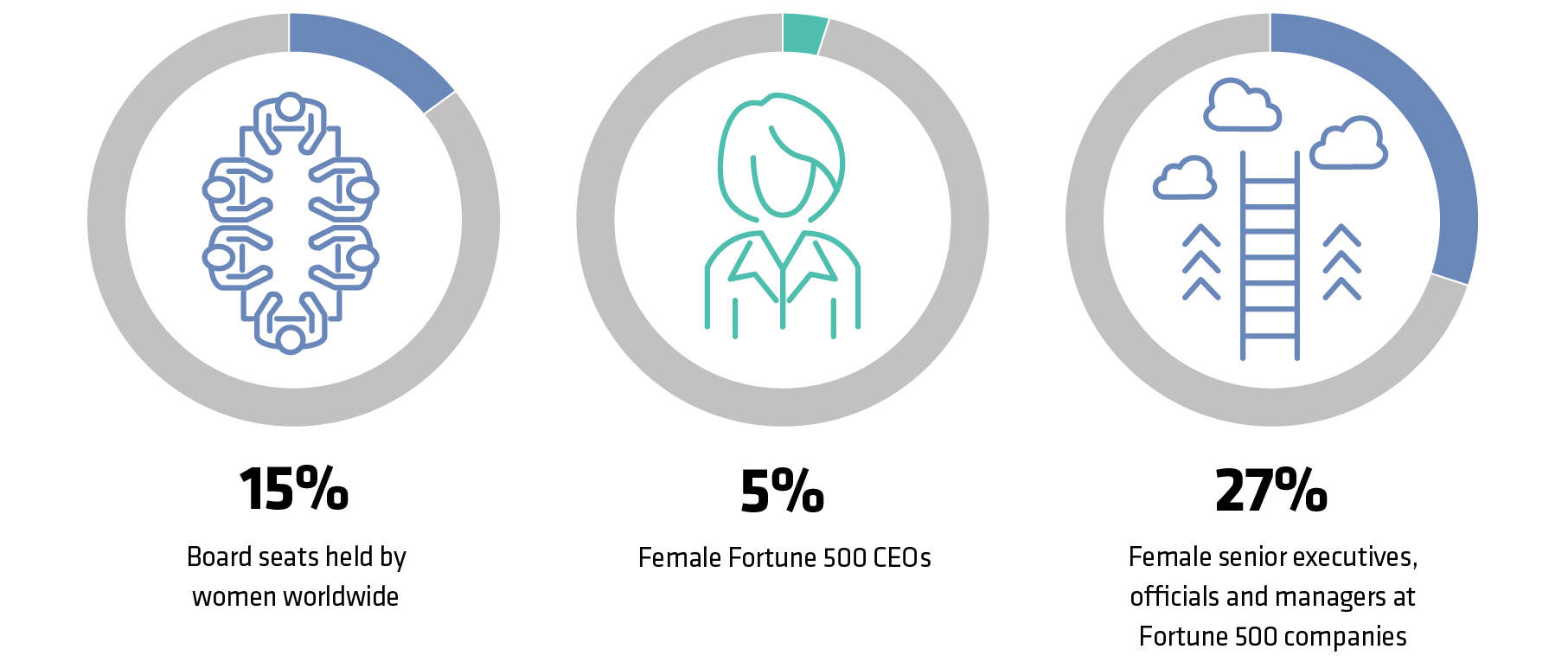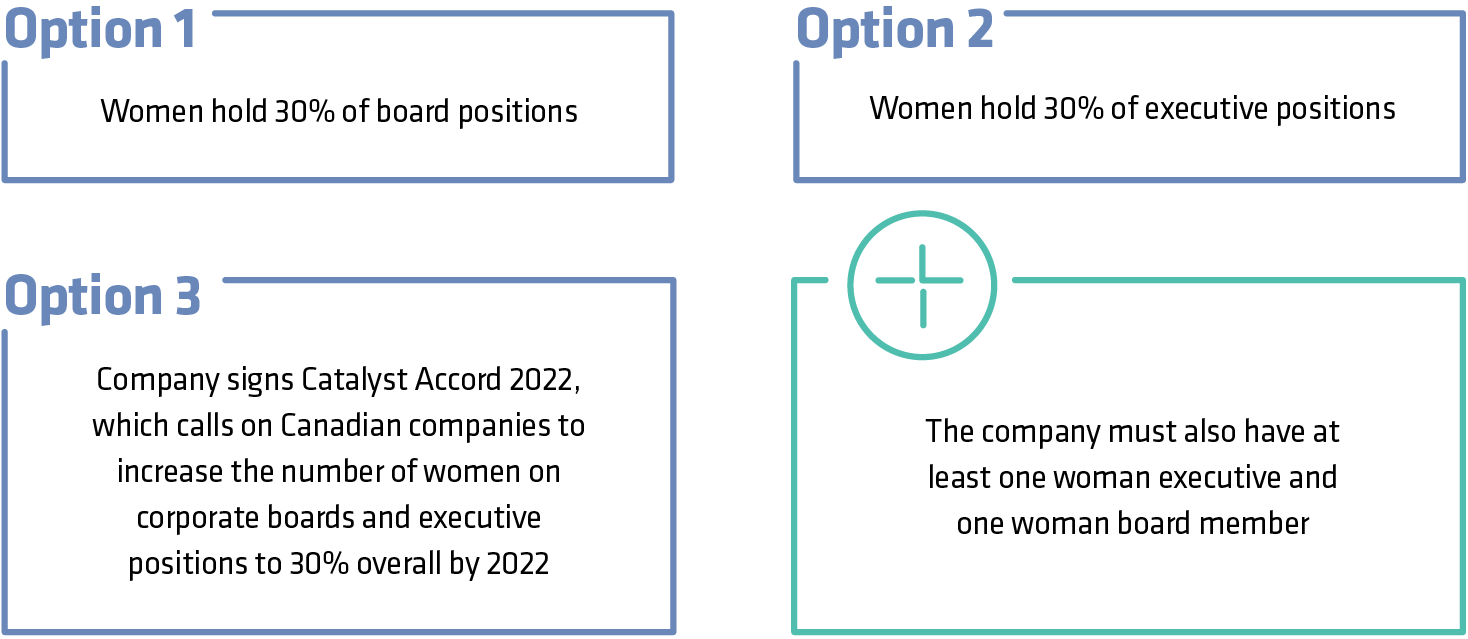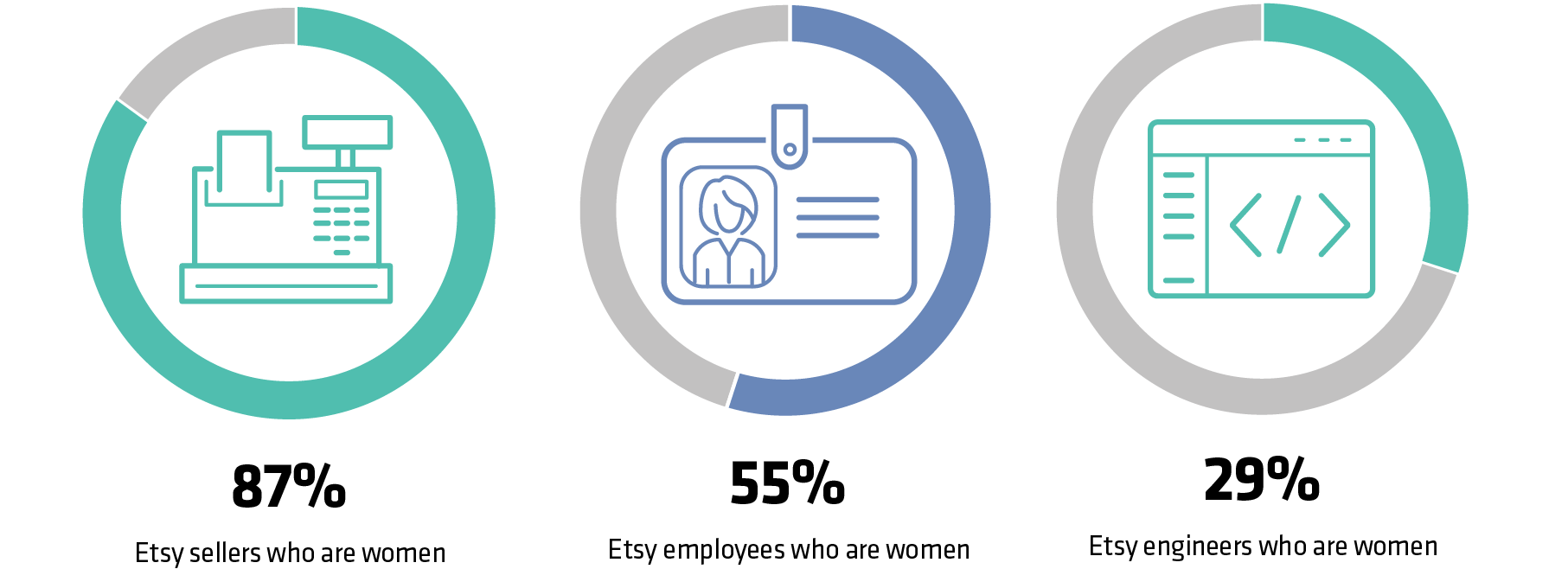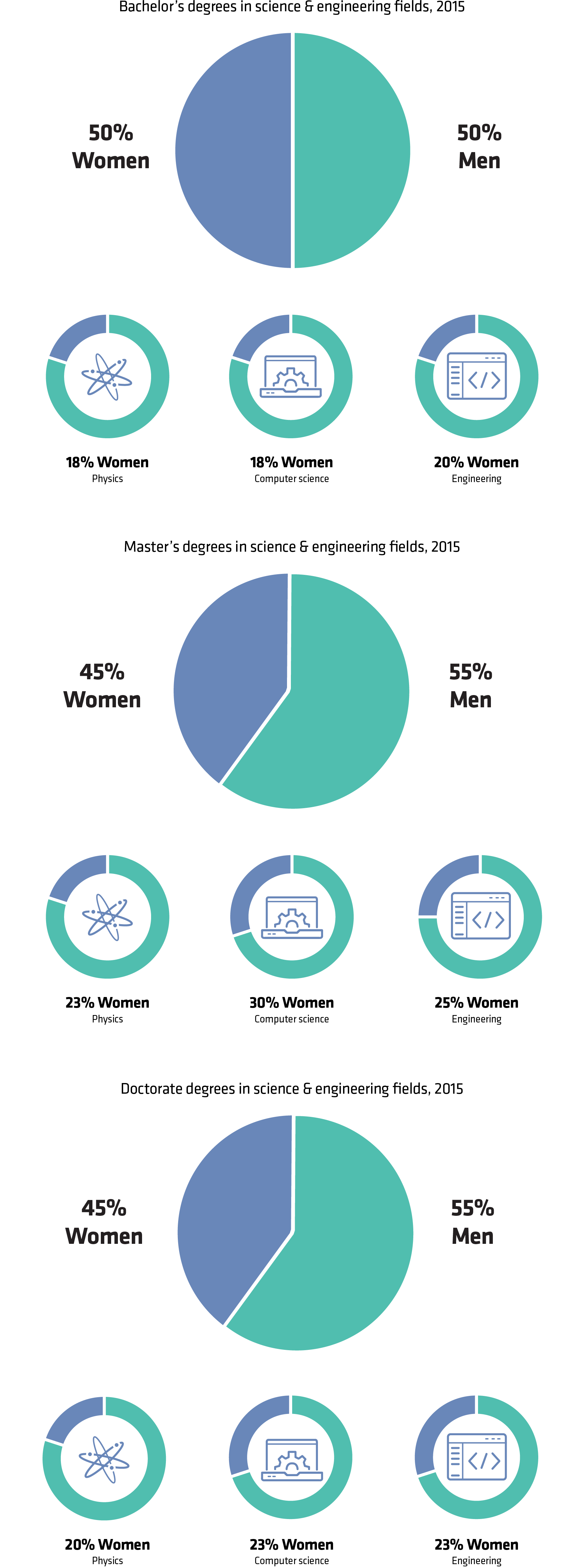Yang’s experience suggests that the expectation of success can go a long way toward keeping women engaged in science and math. Yang struggled with math in elementary school, so her mother gave her additional practice problems at home. As she worked through them and gained confidence, she fell in love with the subject. When programming classes were giving her a headache as an engineering major at Columbia University, the challenge only made her more determined to succeed.
“I never gave myself the choice to give up,” she said.
Step 2: Urge women to advocate for themselves
Confidence was key to advancing at work, too. Yang seeks out people she admires at AB to discuss their careers, asks people with more experience for advice and help, and applied for her current role–an internal transfer–knowing she’d face a learning curve.
“Sometimes, as women, we want to feel that we’re ready before we apply for a job, while I think men are more willing to take the chance that they can learn what they need to know on the job,” Yang said.
Yang’s eagerness to learn from more experienced peers doesn’t mean she sells herself short, however. She knows she brings important skills to the table, including her ability to mine new data sources and create digestible narratives to explain those insights.
Step 3: Create a supportive culture
The open, team-oriented culture at AB is what allows Yang to feel comfortable asking more senior executives to coffee and sharing her findings in a room full of people with 20-plus years of experience.
“I never feel that people don’t want me to raise my hand in a meeting,” she said. “They make me feel really comfortable about the ideas I bring to the table, even if they’re not the best ideas they’ve ever heard.”
Yang loves her job and says she doesn’t think much about her gender while she does it. Still, she would like to see more female quants. Maybe she’s just the inspiration the next generation needs to make it happen.
